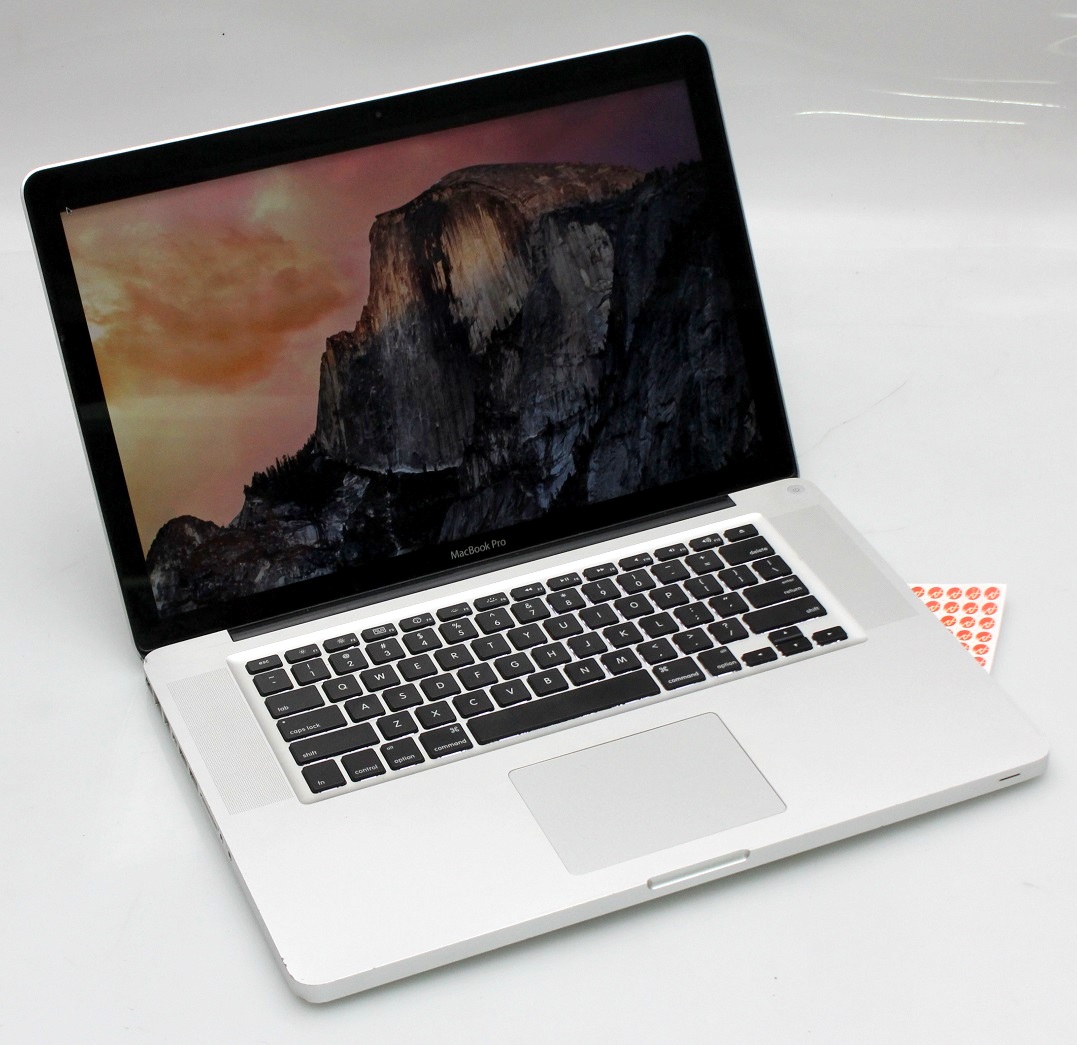

I know I could have just kept the default color profile, but I’ve grown rather accustomed to properly color-balanced displays. So at this point, I just decided to roll back to MacOS 10.12.6. For example, the external display may load a profile specific to that make and model, so be sure to change the color profile on the external display as well. The issue may also occur when an external display is connected. The only solution (again, in my situation) was to revert back to the original Color LCD profile. The profile I also had loaded was taken prior to upgrading, so I figured I would check for software updates for my color calibration software and re-calibrate. Since I also dabble in photography, I wanted the proper color balance for my display when editing and preparing photos for print.

As I started researching this, it looks like Apple Mail and a few other apps were having similar behaviors.Īfter doing some additional reading and tinkering of my own, it looks like the root cause (at least for me) was due to the custom profile I had loaded on my Mac. However, if left unchecked, the item would then appear as a black square instead of an empty circle. When an item was checked, it still appeared as usual. On my system, this first became evident with checklist items in Apple Notes. (See WebGL Browser Report over at ).Īfter upgrading to High Sierra, I began to notice elements within MacOS were now showing up as black squares or rectangles. From what I’ve researched, it appears that WebGL was disabled in my browser because the Intel HD Graphics 3000 card isn’t supported. Even before the update, I noticed a few websites that utilized the WebGL API said that WebGL wasn’t enabled on my browser. It has become clear, however, that the internal graphics card is starting to become one of its weakest components.Įarlier this year, I upgraded from MacOS Sierra 10.12.6 to High Sierra 10.13.2. Another reason is that I just simply don’t have the funds to plop down on a newer model MacBook Pro. It’s got a Core i7, 8GB of RAM, and an SSD drive. I know what you’re probably thinking… It’s now 2018, so why are you still rocking a 13″ MacBook Pro from early 2011? Well, the simple reason is that for the most part, it still does what I need it to do.


 0 kommentar(er)
0 kommentar(er)
